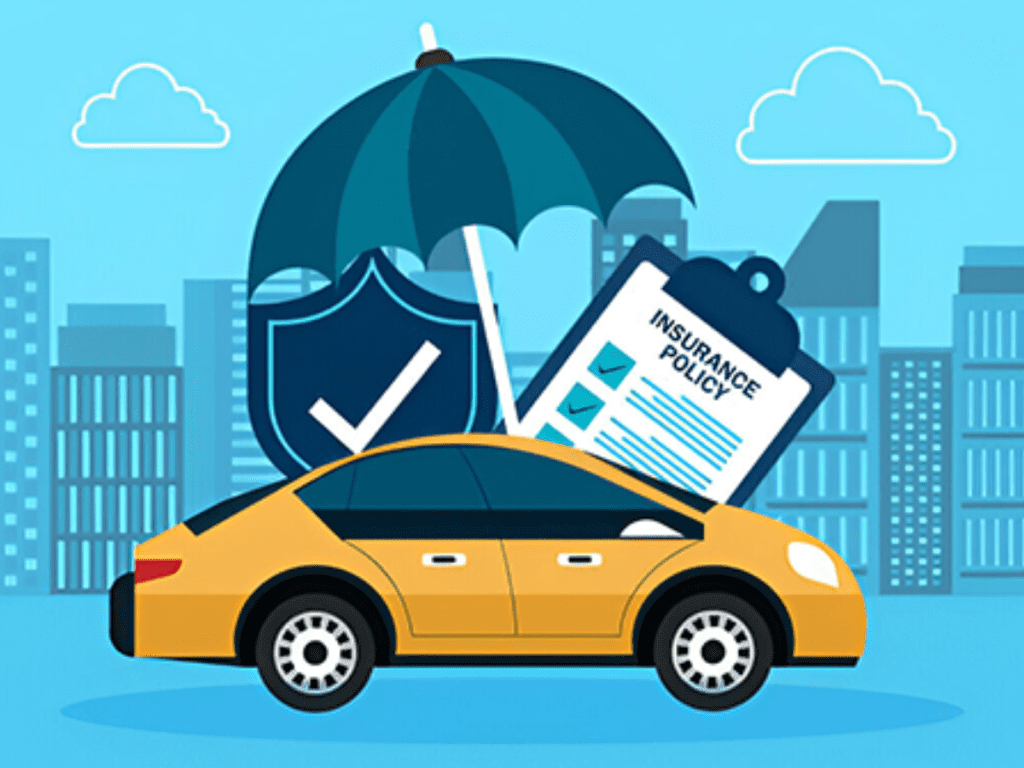Introduction
When it comes to buying a car, one of the most important financial steps you can take is getting pre-approved for an auto loan. By securing pre-approval, you have a clearer understanding of what you can afford and how much you can borrow, which ultimately helps streamline the car buying process. It also gives you a better position to negotiate terms and potentially get a better deal.
Here are the key steps to follow to ensure a smooth and successful pre-approval process for your auto loan.
1. Understanding What Pre-Approval Means
Before diving into the steps of getting pre-approved, it’s important to first understand what pre-approval is. When a lender pre-approves you for an auto loan, they are evaluating your creditworthiness based on factors like your credit score, income, and existing debts. This gives you a predetermined loan amount that you can borrow for your car purchase.
Unlike pre-qualification, which provides a rough estimate of how much you may be able to borrow, pre-approval is a more concrete offer that can be acted upon. It’s based on a more thorough review of your financial situation.
2. Check Your Credit Score
Your credit score is one of the most crucial factors in securing an auto loan, so before you start the pre-approval process, it’s important to check your score. A higher credit score typically means lower interest rates and better loan terms.
To get your credit score, you can check it for free from various services or by directly contacting the major credit bureaus (Experian, Equifax, and TransUnion). If your score is lower than you hoped, consider taking steps to improve it, such as paying off outstanding debts, lowering your credit utilization, or disputing any errors in your credit report.
3. Determine Your Budget
Even before you seek pre-approval, you should have an idea of how much you can afford to borrow. This goes beyond just the loan amount and should include the total cost of ownership, such as monthly payments, interest, insurance, taxes, and any maintenance costs.
A good rule of thumb is that your total monthly car payment should not exceed 15% of your monthly take-home pay. If you’re unsure of how much you can afford, there are several online auto loan calculators that can help you figure out your monthly payment based on the loan amount, interest rate, and term length.
4. Gather Your Documents
Lenders will require specific documentation to assess your eligibility for a loan. Having these documents prepared ahead of time will speed up the pre-approval process. Common documents needed include:
- Proof of Identity: A valid driver’s license, passport, or any government-issued ID.
- Proof of Income: Recent pay stubs, tax returns, or bank statements that show your income and financial stability.
- Proof of Residence: A utility bill, lease agreement, or bank statement that verifies your current address.
- Employment History: Lenders may want to see how long you’ve been employed in your current job.
- Debt-to-Income Ratio (DTI): Lenders will also want to know about your existing debts. A lower DTI ratio signals a greater ability to repay the loan.
5. Choose the Right Lender
Not all lenders are the same, and choosing the right one can make a huge difference in the interest rate you receive. There are several options to consider:
- Banks and Credit Unions: Many people start with their current bank or credit union, as they may offer competitive rates to existing customers. Credit unions often provide better rates than traditional banks, especially if you have a solid relationship with them.
- Online Lenders: There are numerous online lenders that can offer competitive rates and a quick pre-approval process. Research different online lenders and compare their offers to find the best deal.
- Dealership Financing: Some car dealerships offer financing options through partnerships with lenders. While convenient, dealer financing may not always provide the best rates, so it’s worth exploring other options.
When comparing lenders, consider factors such as the interest rate, the term length of the loan, and any fees associated with the loan. Be sure to also check the lender’s reputation and customer reviews.
6. Apply for Pre-Approval
Once you’ve chosen your lender, you can apply for pre-approval. The process is usually simple and can often be done online. During the application, you’ll need to provide personal information like your name, address, Social Security number, income, and employment details.
You may also be asked about the car you plan to purchase, though this isn’t always necessary at the pre-approval stage. The lender will then conduct a credit check to evaluate your eligibility. In many cases, the lender will issue a decision within minutes or hours.
7. Review the Terms and Rates
Once pre-approved, the lender will provide you with the details of your loan offer. This will include:
- Loan Amount: The maximum amount you are pre-approved for.
- Interest Rate: The rate at which you will be charged for borrowing the money.
- Loan Term: The length of time you will have to repay the loan, typically ranging from 36 to 72 months.
- Monthly Payment: Your expected monthly payment based on the loan amount, interest rate, and term length.
Review all the terms carefully before proceeding. If something doesn’t seem right or if the rates are higher than you expected, consider applying with another lender.
8. Consider the Total Loan Cost
While monthly payments are important, it’s also essential to consider the total cost of the loan over time. For instance, a loan with a longer term may result in lower monthly payments but can end up costing you more in interest over the life of the loan.
It’s generally better to go for a shorter loan term, if possible, to save on interest, but only if the monthly payment is affordable.
9. Negotiate the Terms
If you receive a pre-approval offer and feel that the interest rate is too high or the loan terms aren’t favorable, don’t be afraid to negotiate. Contact your lender and ask if there’s any room to reduce the interest rate or improve the terms of the loan.
If you have a strong credit score and a low debt-to-income ratio, you may have more leverage to negotiate a better deal. You can also compare offers from multiple lenders to give yourself bargaining power.
10. Finalize Your Loan and Start Shopping for Your Car
Once you’ve accepted the pre-approval offer, you’re ready to start shopping for your car. Keep in mind that the pre-approval amount is just an upper limit, and you can choose to borrow less if you find a vehicle within your budget.
Having pre-approval gives you an edge during negotiations with car dealers, as it shows that you’re a serious buyer with financing already in place. This may help you secure a better deal on the vehicle you want.
When you find the car you want, bring your pre-approval letter to the dealer to finalize the sale. You’ll need to complete any additional paperwork and, in some cases, have the lender send the funds directly to the dealership.
11. Stay Within Your Pre-Approved Amount
One common mistake car buyers make is exceeding the pre-approved loan amount. While it’s tempting to stretch your budget to buy a more expensive car, it’s important to stick to your pre-approved amount to avoid financial strain.
If you need to adjust your budget, you can always look for a less expensive car or consider saving for a larger down payment.
12. Check the Fine Print
Before signing any loan documents, carefully read through all the terms and conditions. Ensure that there are no hidden fees or charges that could impact the overall cost of your loan. Pay close attention to things like prepayment penalties, late fees, and any other clauses that may affect your ability to repay the loan.
Conclusion
Securing pre-approval for an auto loan is a critical step in the car buying process that can help you save time, money, and stress. By understanding your credit score, gathering the right documents, shopping around for the best lender, and carefully reviewing your loan terms, you can ensure a smooth and successful purchase. Whether you’re buying your first car or upgrading to a new vehicle, pre-approval gives you the financial confidence to make a smart decision.

